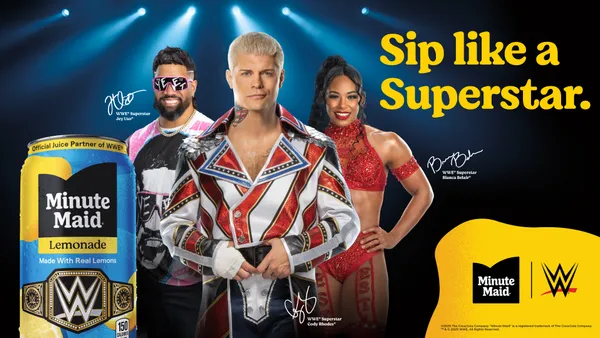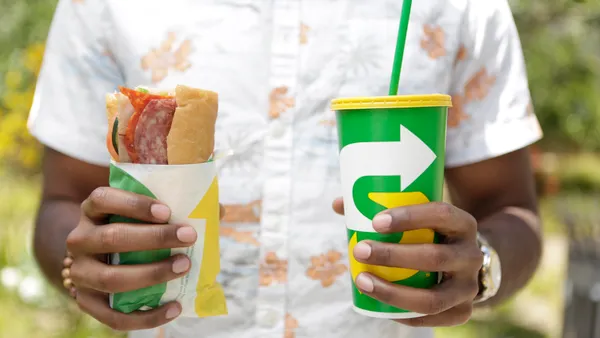With 44% of marketers naming social media marketing as the most difficult tactic to attribute to revenue, it's not surprising that it's referred to as an "awareness driver." But this misconception might be limiting your digital success and minimizing opportunities to reach your target audience. Today's shoppers live on social media an average of 144 minutes a day. During this time, they're browsing, searching, discovering and — oftentimes, with the help of emerging technology and updated platforms — purchasing directly from social ads or influencer content on the platform.
Influencers have a unique connection to your target audience that can't be harnessed by any other marketing tool. Influencers spend years creating a community of followers across social channels — who trust them for product recommendations, inspiration, encouragement, and entertainment. Influencers regularly address their audience directly, and give them a glimpse into their reality, creating a deep sense of personal connection and friendship. No targeted media or well-crafted message can mimic the bond an influencer has with their followers. By marrying this relationship with the seamless connectivity of social commerce tools, influencers drive purchase intent more than standard, disconnected ads. Consumers trust the recommendations these influencer "friends" give them — in fact, 50% of GenZ shoppers have clicked "add to cart," and completed purchases, after seeing an influencer's endorsement. With the simple addition of a bridge-to-purchase, influencer marketing on social platforms is transformed from a lever pulled for awareness, to a top e-commerce volume driver.
60% of marketers said they would increase their Influencer marketing budget by 11-25% if they could prove ROI by linking activations to first-party sales data. Direct attribution solves the KPI conundrum advertisers face, and you can help them close the loop. First-party data is the missing link.
3 ways influencer content can be layered with first-party data
Increase purchase & basket size
First-party data unlocks the potential for analyzing what products consumers purchase together, when purchasing happens in preparation for occasions, and an understanding of who your target shopper is. When you layer first-party data on the front end in campaign planning, and combine it with data-driven influencer content, you give consumers complete solutions — enabling seamless list building, shopping and justifying multi-item purchase of key ingredients. By targeting consumers before they typically purchase, or when you know they are preparing for an occasion, you can increase frequency of trips & item/category inclusion in the basket.
Drive customer loyalty
With the power of first-party data, you have the ability to capture volumetrics and create personas of buyers categorized by purchase frequency. This lends itself to a powerful tool, helping you understand how big your audience of loyal shoppers is, and how much it would take to grow the never- and sometimes-buyers into loyalists. Utilize influencer content to re-engage loyal shoppers and provide relevant content/solutions at optimal times based on individual shopping patterns.
Measure consumer action
First-party data unlocks targeting of known purchasers in a given category and then allows closed loop measurement throughout a campaign. This lends itself to be a better use of your media spend because you are reaching your target audience without any of the guesswork. Being able to quantify every penny you've spent on advertising with closed loop attribution on the back end provides an even more powerful approach to your digital strategy.
Defining a clear return on investment from influencer marketing and digital advertising isn't a struggle that is going away anytime soon with the phasing out of cookies and the ever evolving, ever changing access to consumer data. That's why partnering with a vendor with unmatched access to data and methodology designed to deliver return the key to defining success on influencer marketing and digital advertising.










